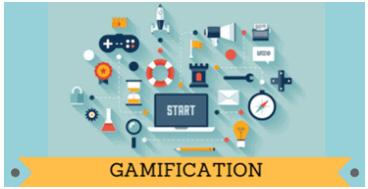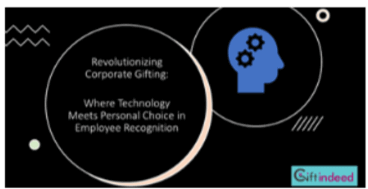STOP Settling for Poor Discount Gift Vouchers – There’s a BETTER Way!
The old corporate gifting playbook is broken. You’re stuck buying gift vouchers in bulk at terrible discounts, hoping recipients will actually want what you’ve chosen for them. Sound familiar?
Here’s What’s Changed Everything:
✅ Recipients choose what THEY actually want
✅ You still get bulk pricing advantages
✅ Your logo gets premium imprint placement
✅ Door-to-door delivery included
The result? Happy recipients, better brand impression, and you save money while looking like the thoughtful gift-giver you wanted to be. Read More












